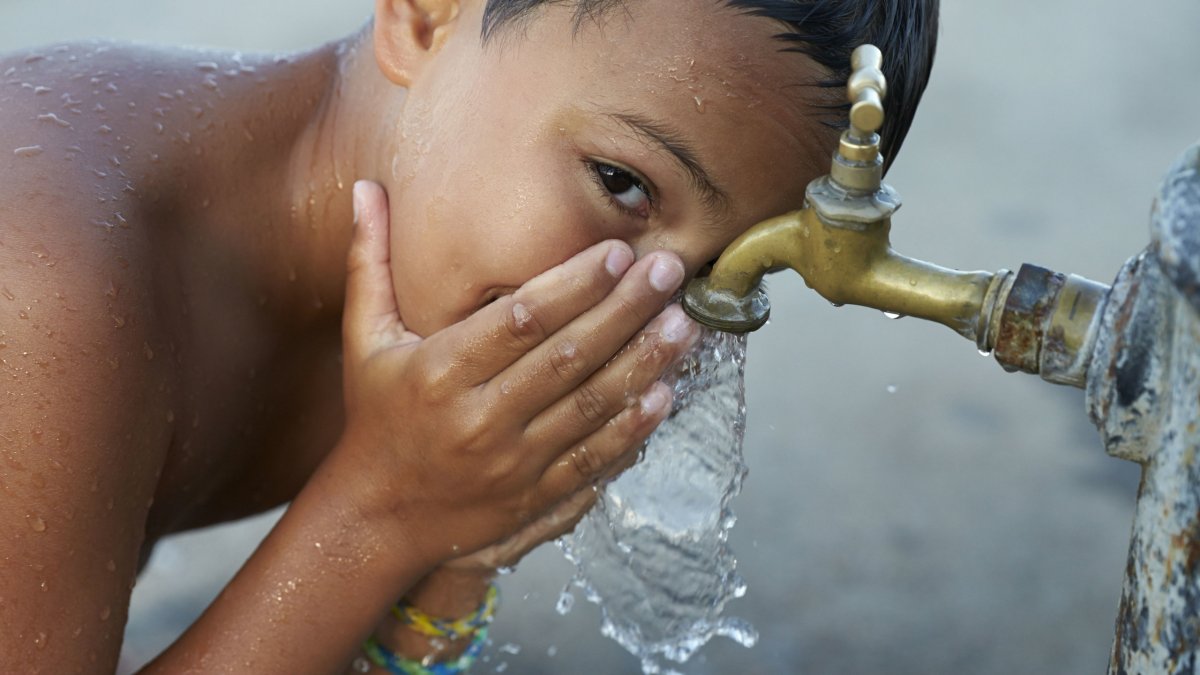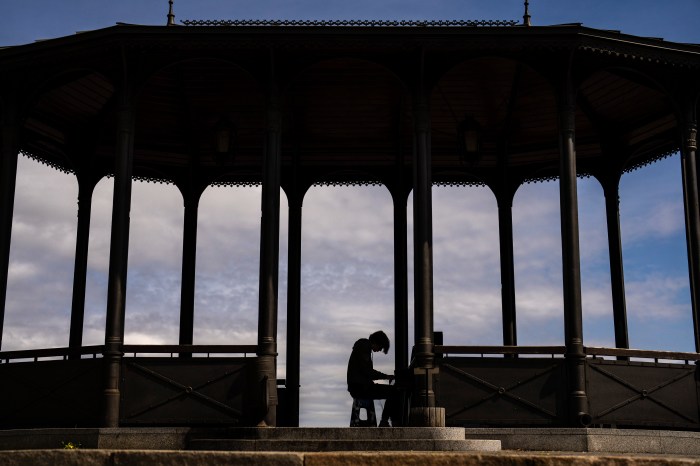Water scarcity is a global concern that affects people on every continent, including North America, and according to a recent report the United States is no exception.
A recent report by watchdog organization Food & Water Watch sheds light on what the group calls “America’s secret water crisis.” The study found that water service has been cut off to an estimated 1.4 million people living in more than a half-million American households. The reason? Researchers claim that certain climate changes are threatening the levels of major bodies of water like the Colorado River and Lake Mead, which in turn drives up water bills.
The cities with the highest shut-off rates, according to the report, were Detroit, New Orleans, Springdale, Arkansas, and Oklahoma City. Among these cities, at least 10 percent of the residents had lost their water service for some period of time, and in Oklahoma City, the most impacted city, 23 percent lost their access to clean, running water in 2017.
In addition to climate change, the reasons water bill rates are going up so quickly also include aging infrastructure and declining populations, the report said. If water scarcity rates continue to climb as projected, nearly 36 percent of U.S. households will be unable to pay their water bills by the end of 2022, according to another study by Michigan State University.
How serious is water scarcity in the U.S.?

By 2030, nearly half of everyone in the world will be living in countries highly stressed for water, according to UN predictions. That water scarcity threat extends to Americans as well, especially those struggling with poverty.
Mary Grant, author of the Food & Water Watch report, noted that households in New Orleans had to pay more than $1,000 for water service, which was about 9 percent of their household income.
“Nine percent of your income just for your basic water service. That’s, by any measure, unaffordable,” Grant said in a prepared statement.
Jaime Moten, 41, living in Oklahoma City, was quoted in CBS news saying that her water was shut off for three days in 2016 after she lost her job as a grocery store manager. Relatives provided water that she and her children used to drink and brush their teeth, and the Salvation Army paid the $202 needed to turn her water back on.
“I was ashamed for a long time,” Moten said. “You feel like you’re sneaking water.”
Some communities, including Eau Claire, Wisconsin, and Leominster, Massachusetts, had zero percent shut-off rates because they don’t allow water service to be cut. Instead, they place tax liens on properties that fall behind on bills, but Food & Water Watch considers that punitive for people who are too poor to pay for water.
The Food & Water Watch report called on the federal government to invest more to repair aging systems and state governments to require water utilities to report shut-off numbers. The group said local governments are closest to the customers and are in the best position to make substantive improvements regarding water scarcity.
“There’s no excuse for the wealthiest country in the world to have citizens who have to live that way,” said Tiffani Ashley Bell, a co-founder of the Detroit Water Project, regarding the report. “I don’t believe water should be free, but I don’t think citizens should be subjected to going for months without running water.”


















